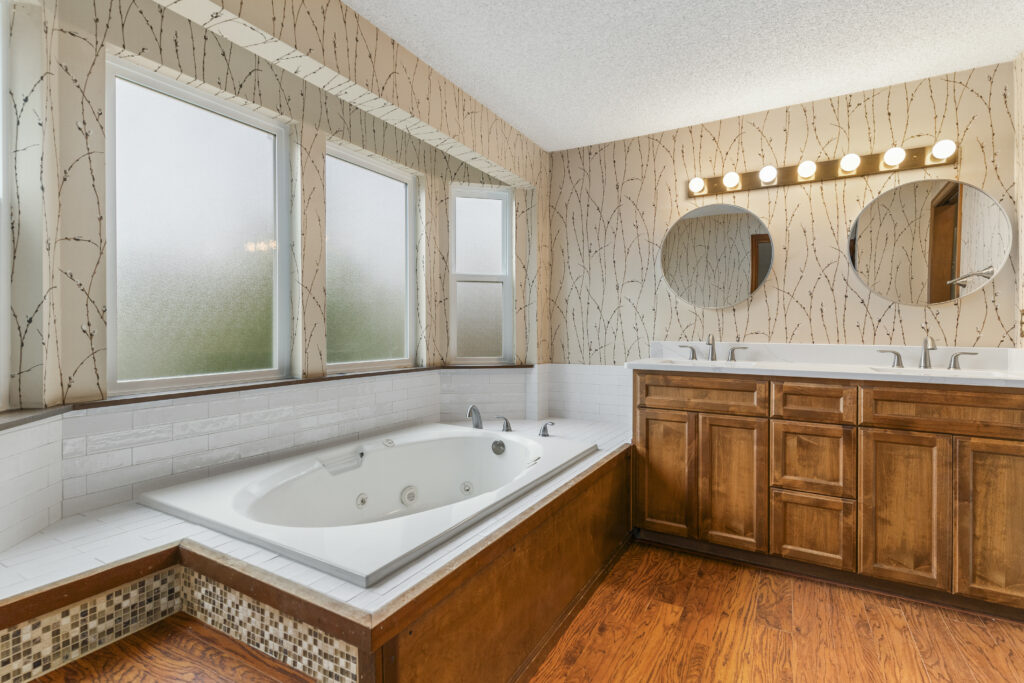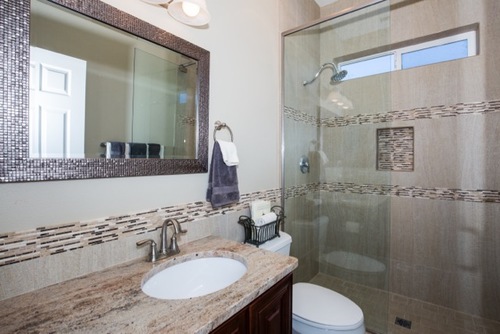Embarking on a bathroom remodel can be both exciting and overwhelming. One of the most critical aspects to consider before starting your project is the budget. Understanding how much you should budget for your bathroom remodel can help you plan effectively and avoid unexpected expenses. Here’s a detailed guide to help you determine your bathroom remodel budget.
1. Determine the Scope of Your Remodel
The first step in budgeting for a bathroom remodel is to define the scope of the project. Are you planning a complete overhaul or just a few updates? A complete remodel will naturally cost more than a partial one. Consider the following factors:
- Size of the bathroom: Larger bathrooms require more materials and labor.
- Extent of changes: Replacing fixtures and updating plumbing will be more expensive than simply repainting and changing accessories.
- Quality of materials: High-end materials and fixtures will significantly increase the budget.
2. Average Cost of a Bathroom Remodel
The cost of a bathroom remodel can vary widely based on location, size, and the extent of the renovation. On average:
- Minor remodel: $3,000 to $7,000. This includes replacing the toilet, vanity, and fixtures, along with minor painting and flooring updates.
- Mid-range remodel: $10,000 to $20,000. This involves replacing most fixtures, adding new tiles, and updating the plumbing and electrical systems.
- High-end remodel: $20,000 to $50,000 or more. This includes luxury fixtures, custom cabinetry, high-end flooring, and possible layout changes.
3. Breakdown of Costs
Understanding the cost breakdown can help you allocate your budget more effectively. Here’s a general breakdown of expenses:
- Labor: 40-65% of the total cost. Labor costs can vary based on your location and the complexity of the job.
- Materials: 20-40%. This includes tiles, fixtures, cabinetry, countertops, and flooring.
- Plumbing and electrical: 10-15%. Upgrading plumbing and electrical systems can add to the overall cost, especially in older homes.
- Design and permits: 5-10%. Hiring a designer can help you optimize the space and design, while permits are necessary for major renovations.
4. Tips to Save Money
While a bathroom remodel can be expensive, there are ways to save money without compromising on quality:
- DIY where possible: Doing some of the work yourself, like painting or demolition, can save on labor costs.
- Reuse and repurpose: If your existing fixtures and cabinetry are in good condition, consider refinishing or repurposing them.
- Shop smart: Look for sales, discounts, and clearance items for fixtures and materials.
- Plan ahead: Having a clear plan can help avoid costly changes and delays.
5. Hidden Costs to Consider
Remodeling projects often come with unexpected costs. Here are some potential hidden expenses to keep in mind:
- Water damage: Old bathrooms may have hidden water damage that needs to be repaired.
- Structural issues: Older homes might have structural problems that need addressing.
- Mold and asbestos removal: If your home was built before 1980, it might have asbestos or mold, which require professional removal.
- Upgrades to meet codes: Modern building codes may require updates to plumbing, electrical, or ventilation systems.
6. Financing Your Remodel
If you don’t have the cash on hand to pay for the remodel, there are several financing options available:
- Home equity loan: Allows you to borrow against the equity in your home.
- Personal loan: Unsecured loans that don’t require home equity.
- Credit cards: Can be used for smaller projects, but be cautious of high interest rates.
- Financing through contractors: Some contractors offer financing options.
7. Getting Professional Help
Hiring a professional can ensure your remodel is done correctly and efficiently. Consider hiring:
- Designers: To optimize space and aesthetics.
- General contractors: For managing the entire project. A Tops design member can recommend some good options for Puget Sound area bathroom remodels. Feel free to call us at +1-360-459-3000!
- Specialty contractors: For specific tasks like countertop, tile, plumbing, or electrical work.
8. Now Let’s Talk About Countertops!
The absolute best way to save money on your bathroom countertops is by purchasing mini-slabs, also known as remnants. These are partial slabs which have been used for other projects and can now be reused at a better price point for small projects. If you live in the South Puget Sound area, you can have new countertops installed in your house like the ones pictured below, for as little as $1,500 at present prices. Browse our live mini-slab inventory and selecting “Mini Slabs” from the dropdown box here to see for yourself!

Conclusion
A bathroom remodel is a significant investment that can add value to your home and enhance your quality of life. By understanding the costs involved and planning your budget carefully, you can ensure a successful remodel that meets your needs and stays within your financial means. Whether you’re doing a minor update or a complete overhaul, thoughtful planning and smart budgeting are key to achieving your dream bathroom. For more reading on bathroom budgeting check out this handy blog post from Tango Home Services.
